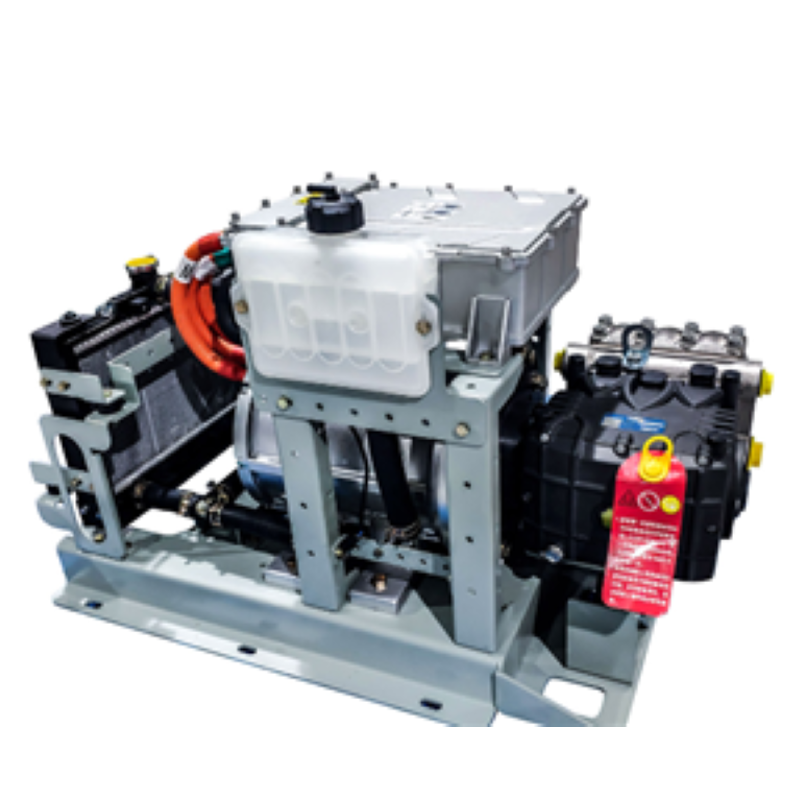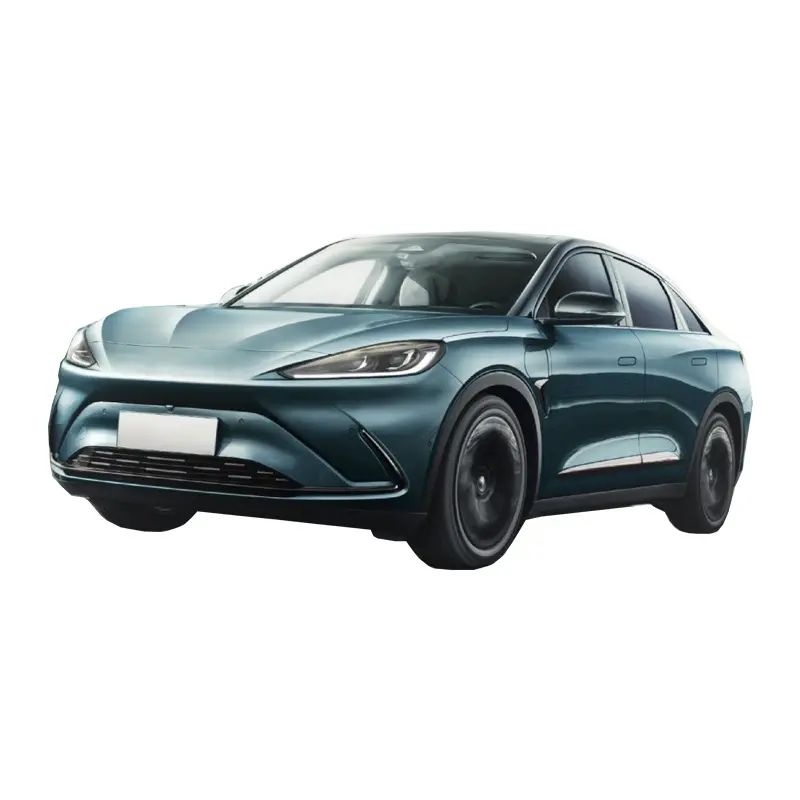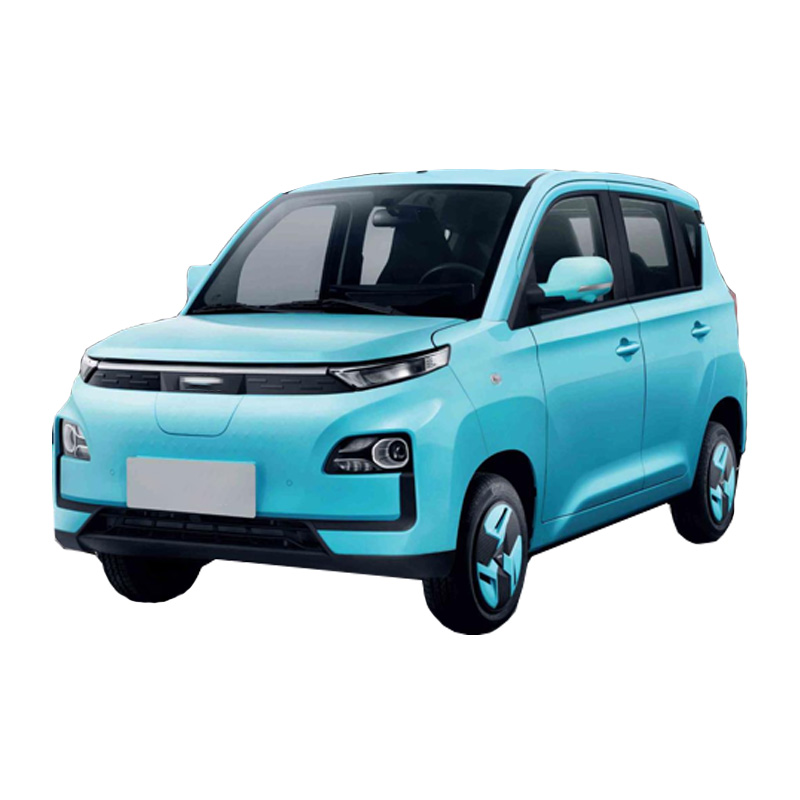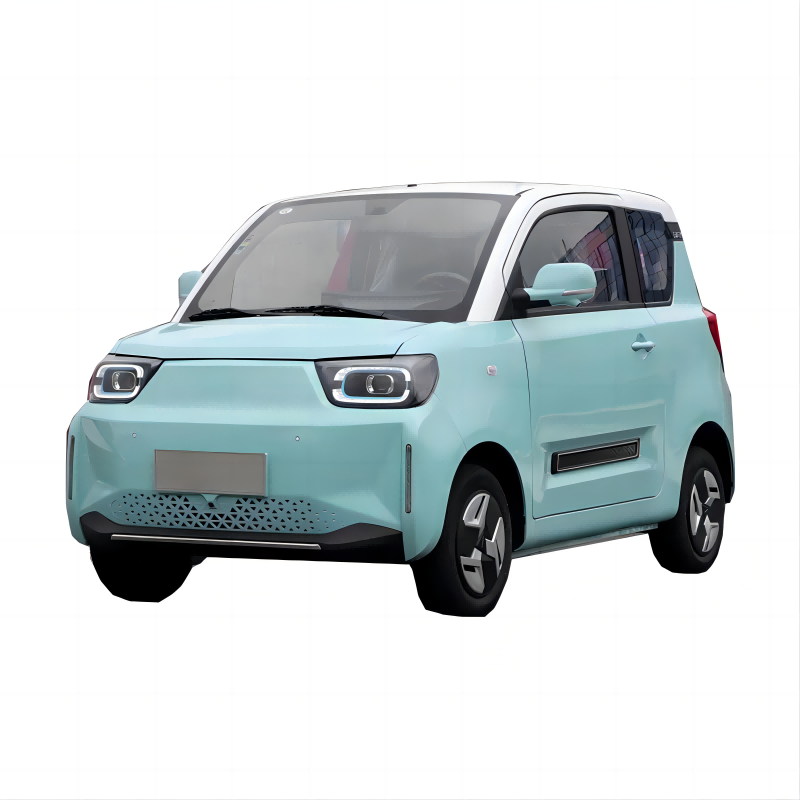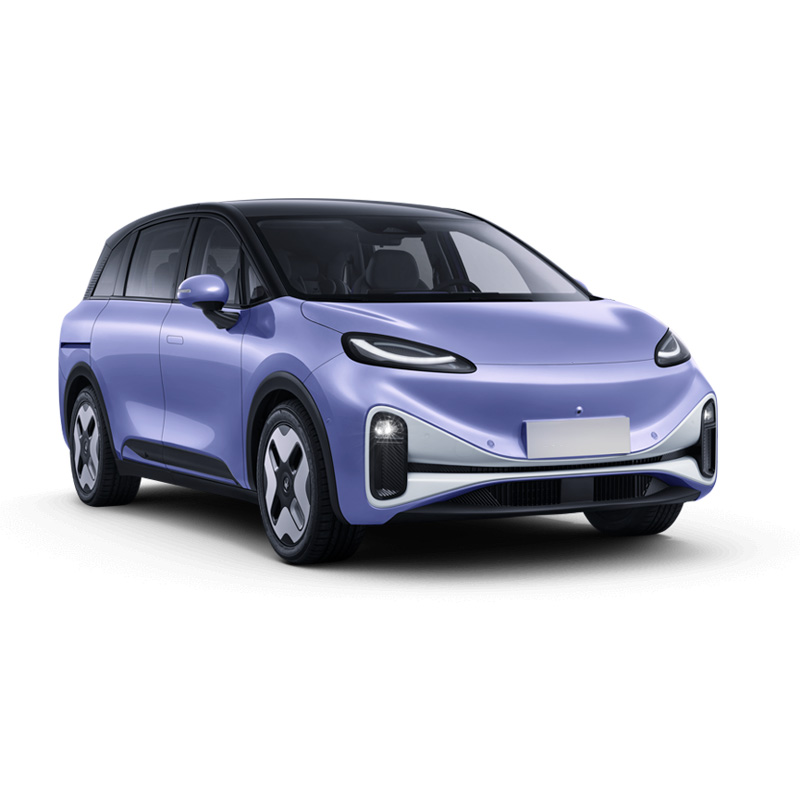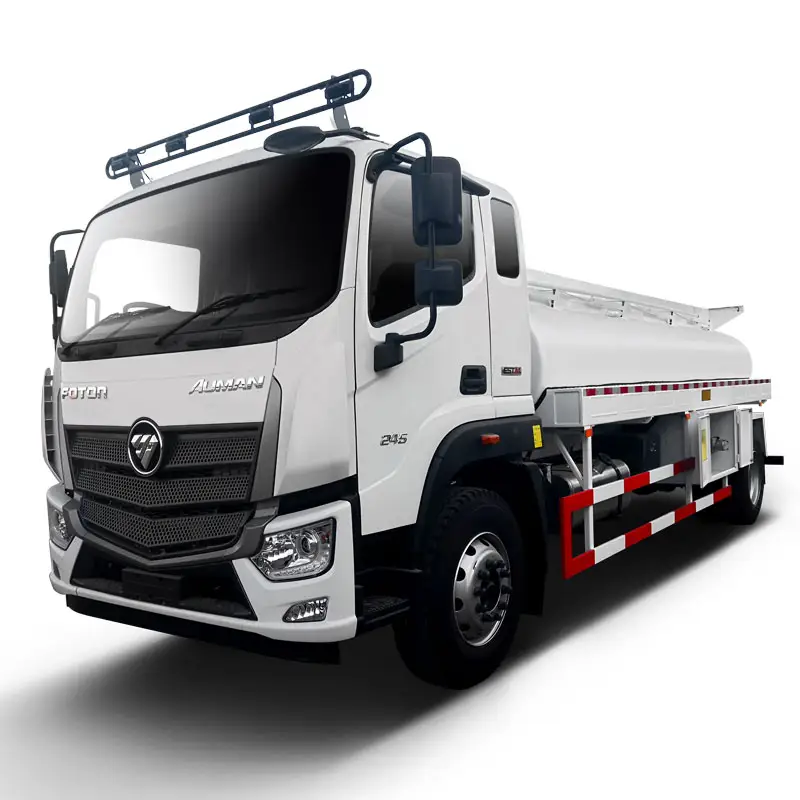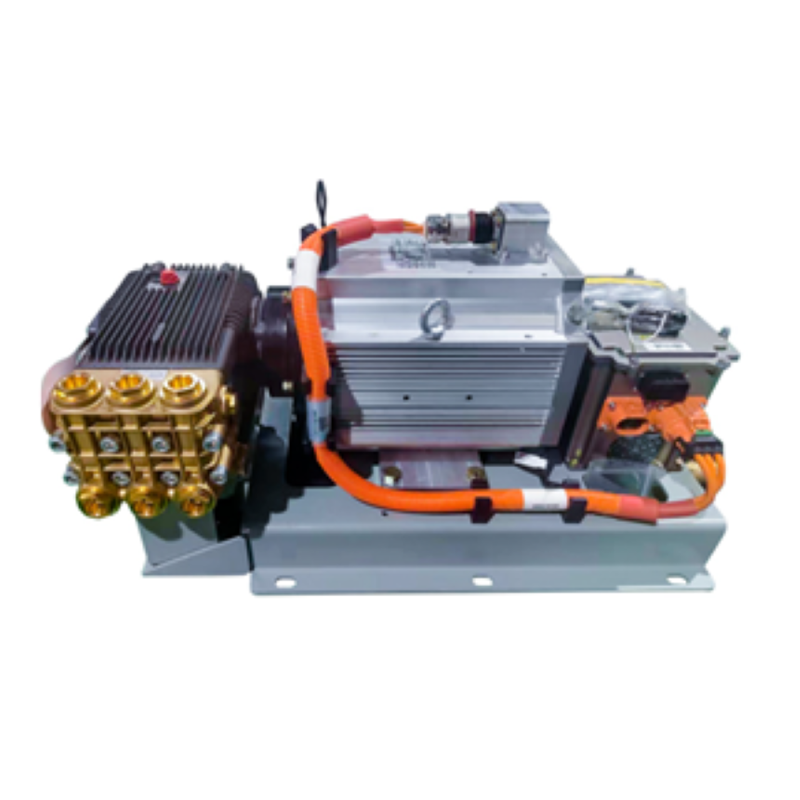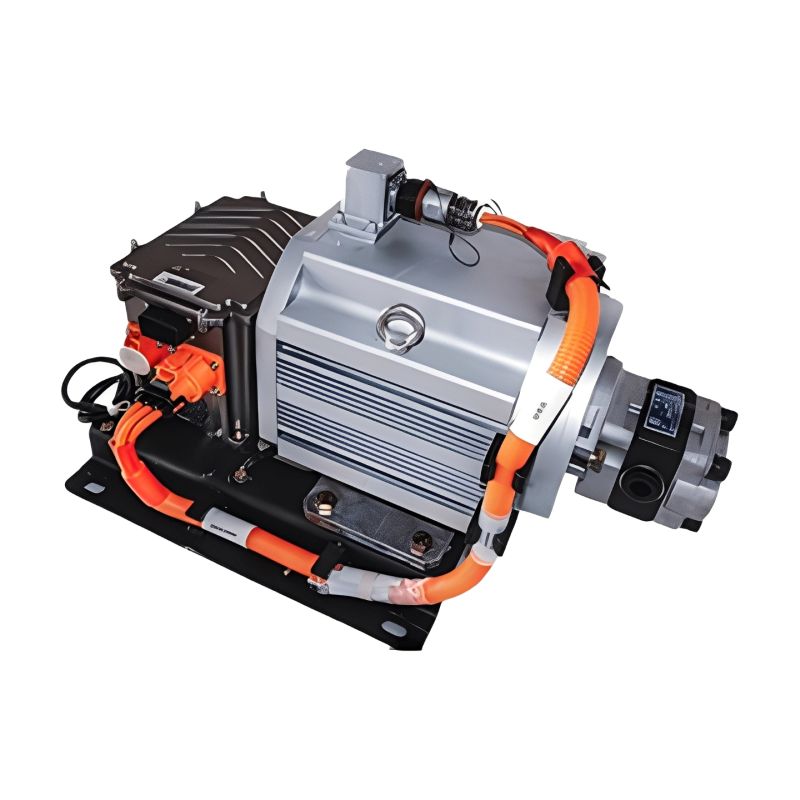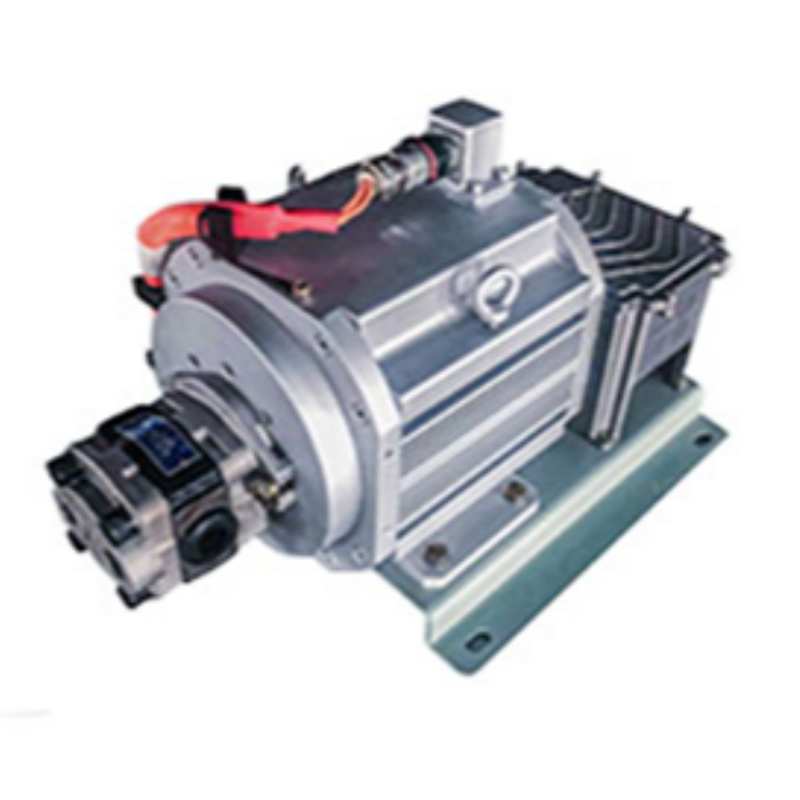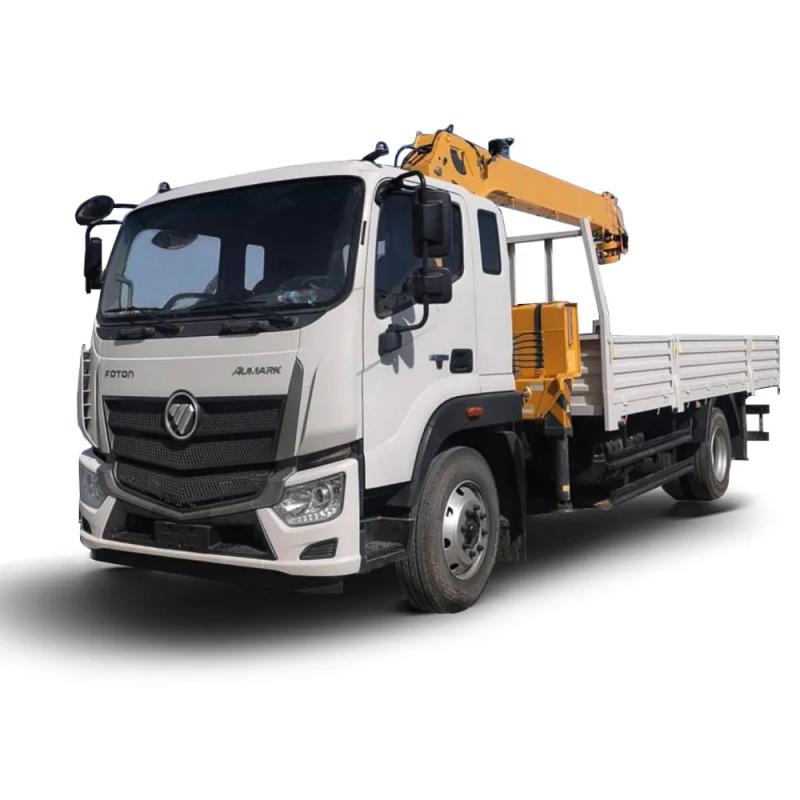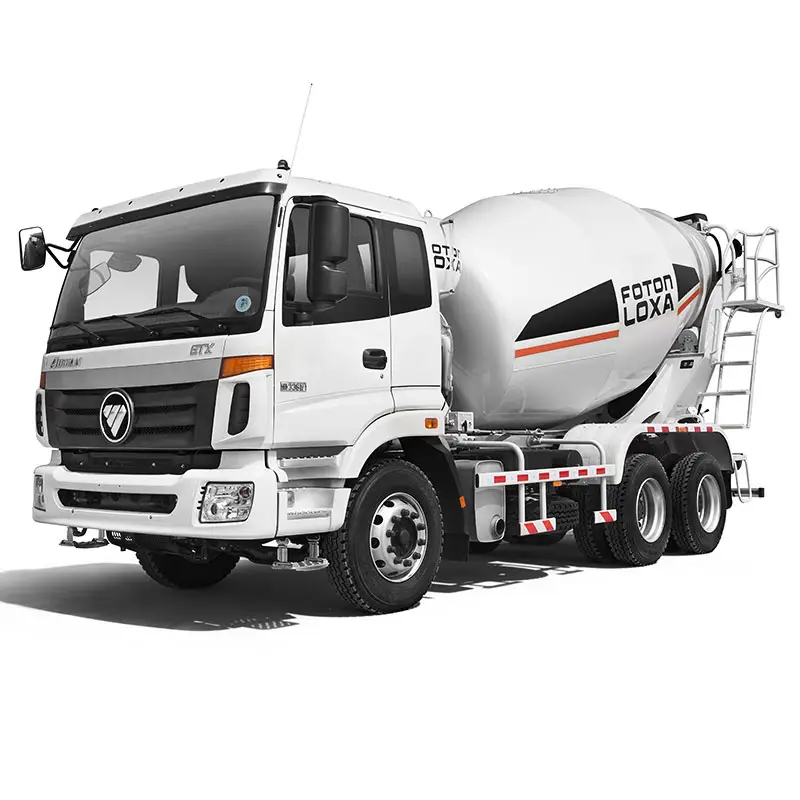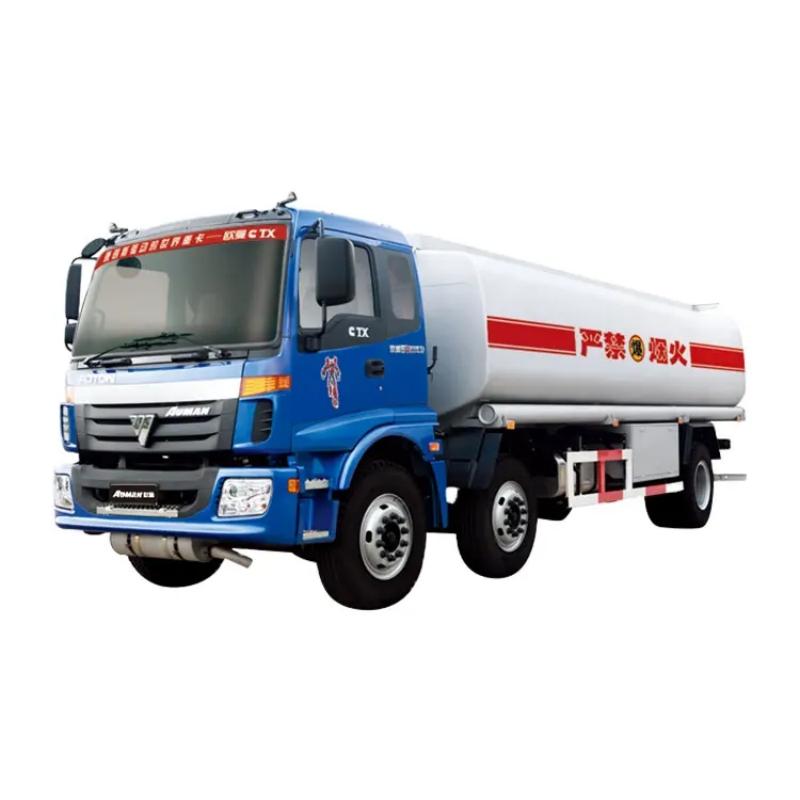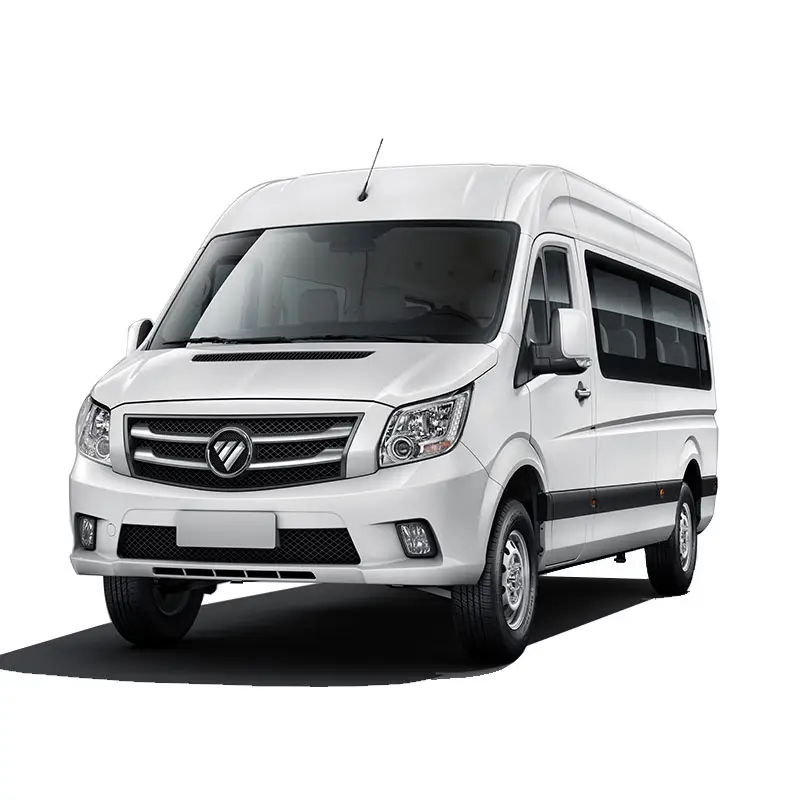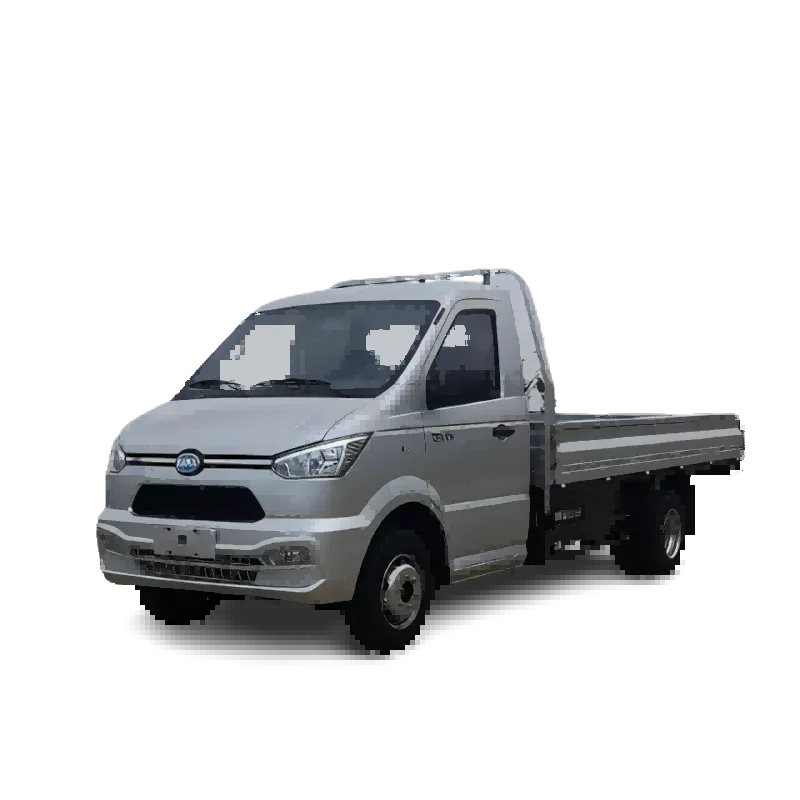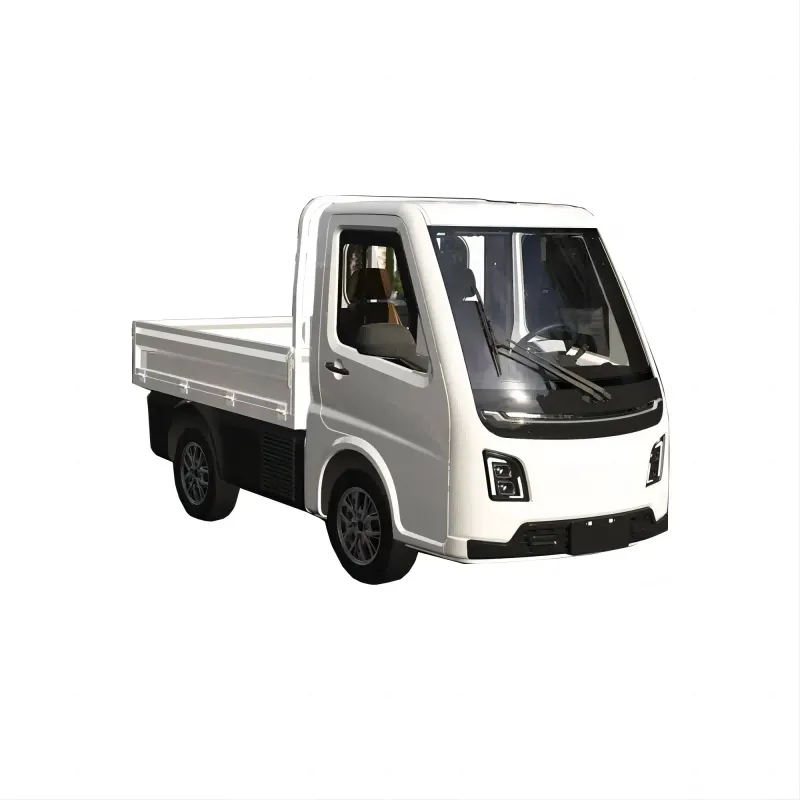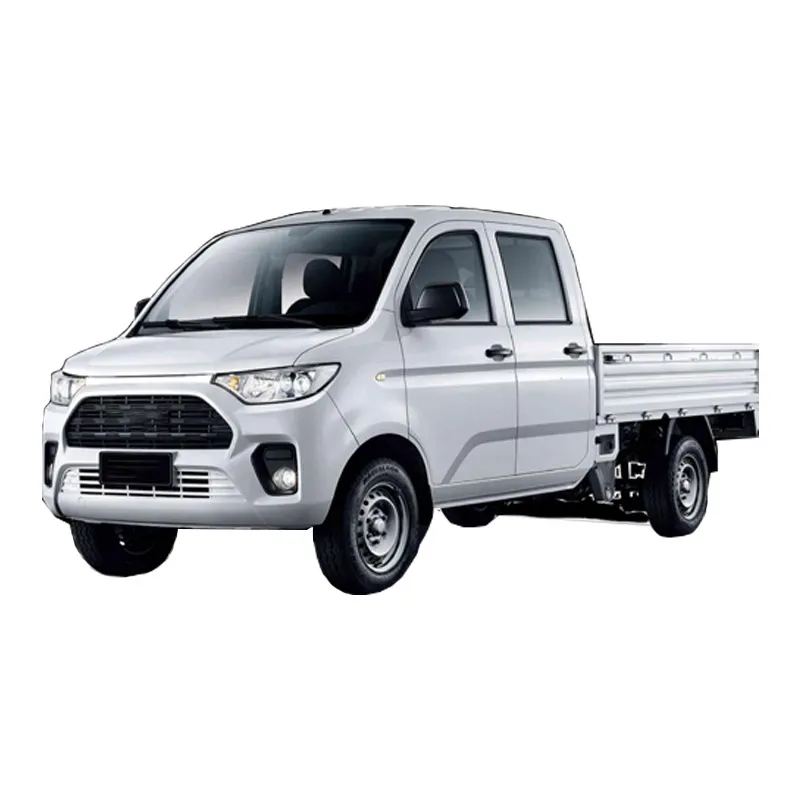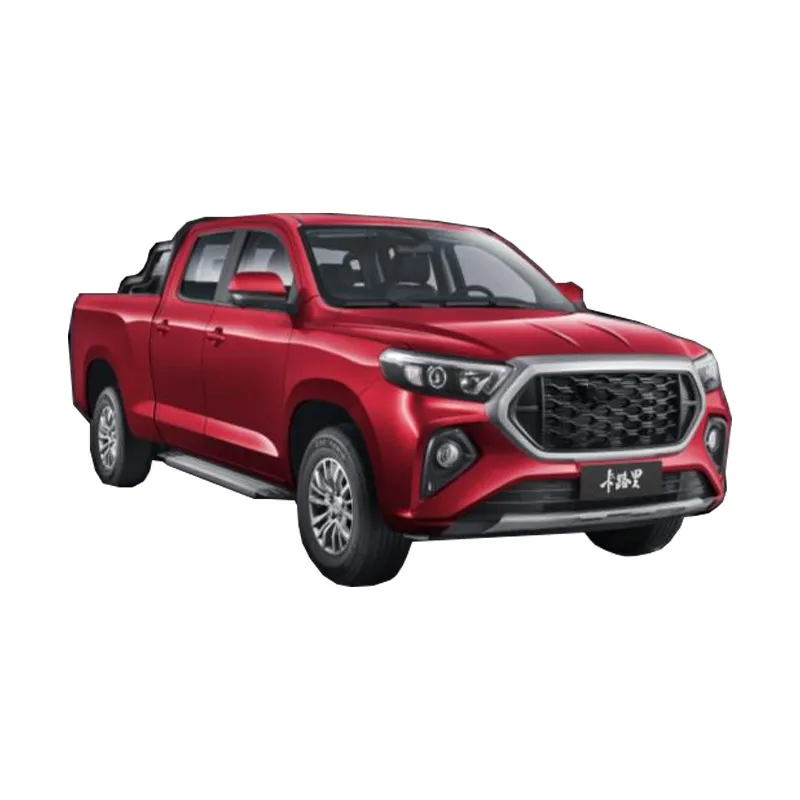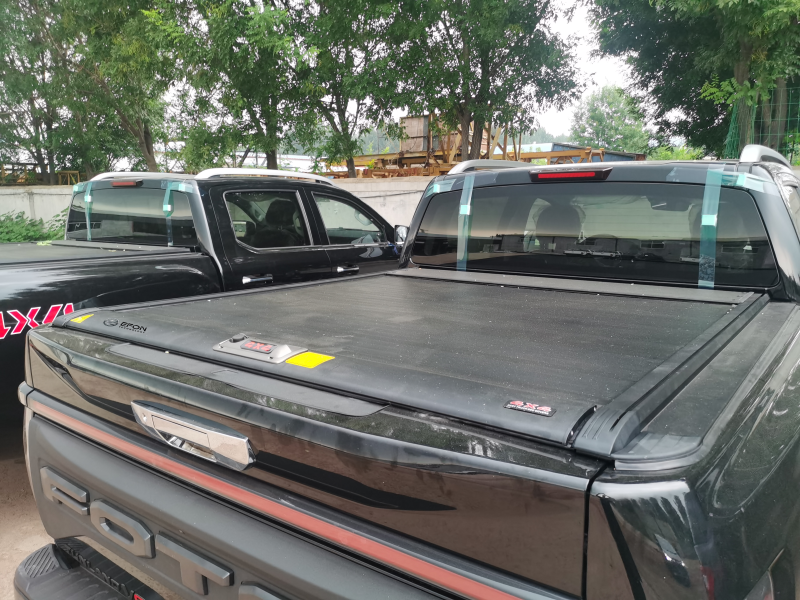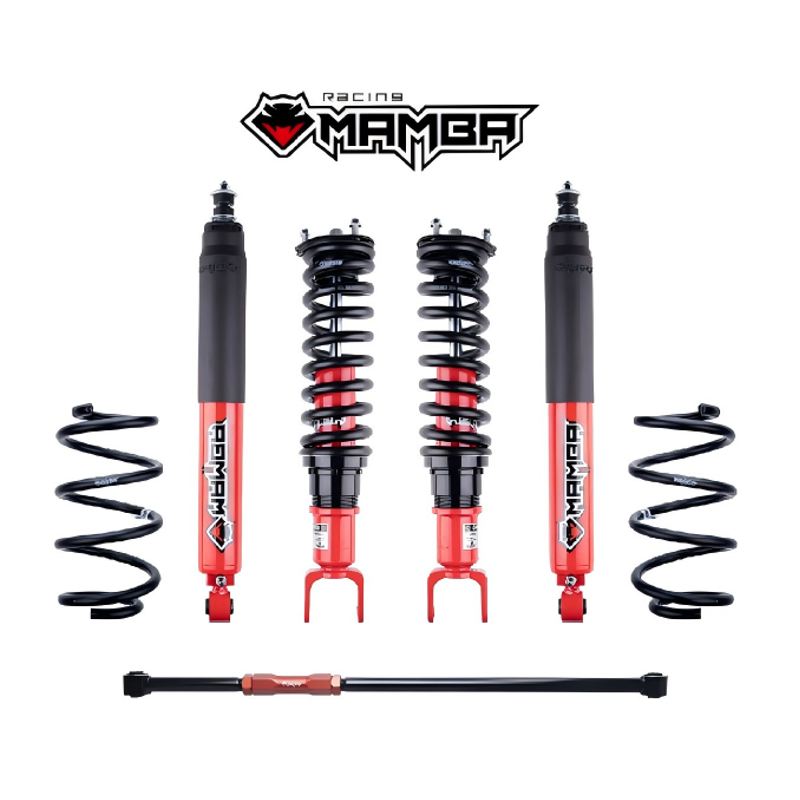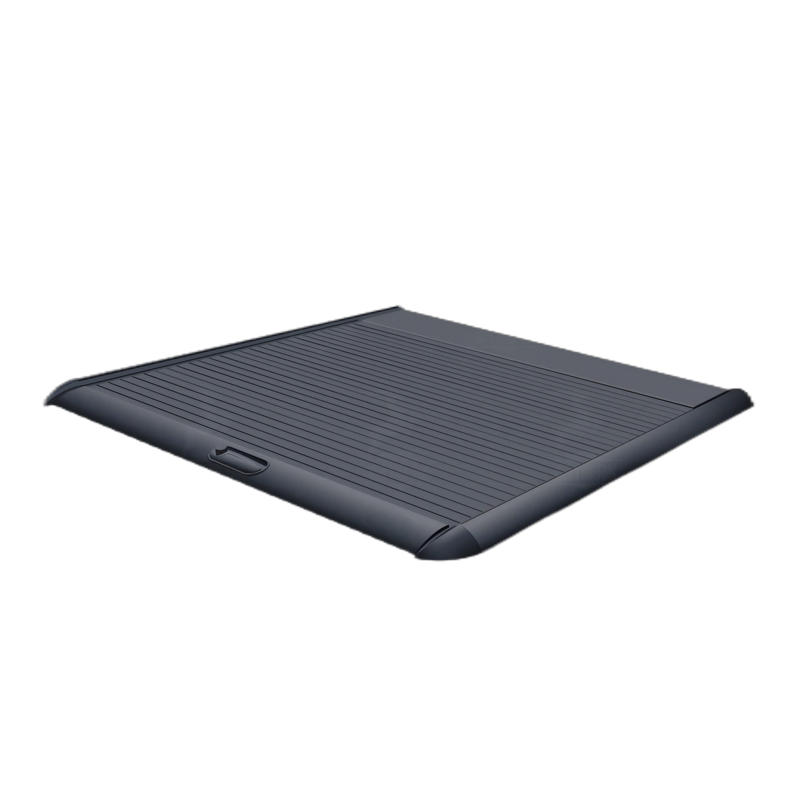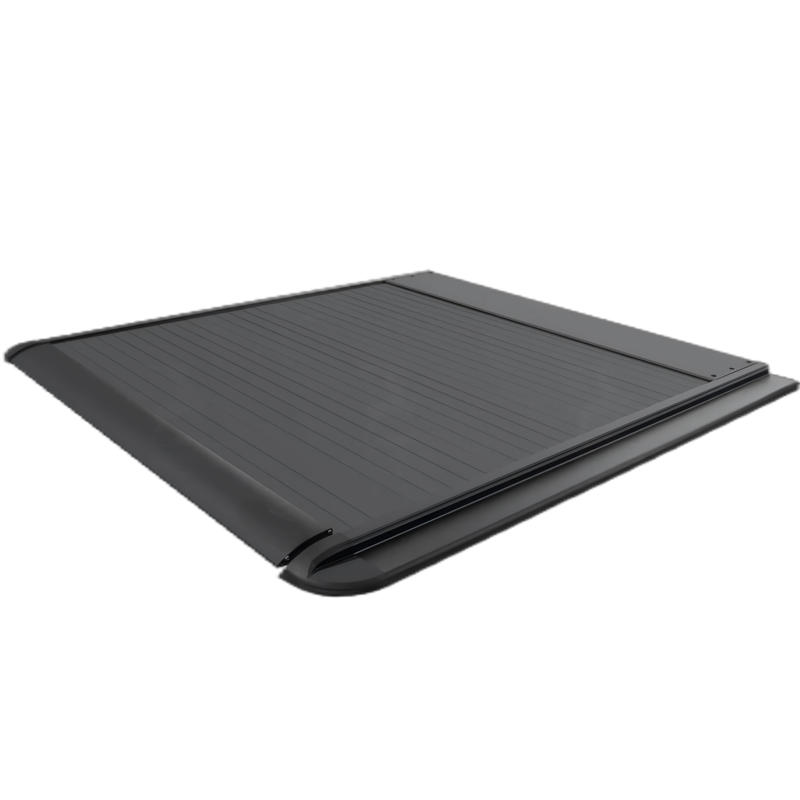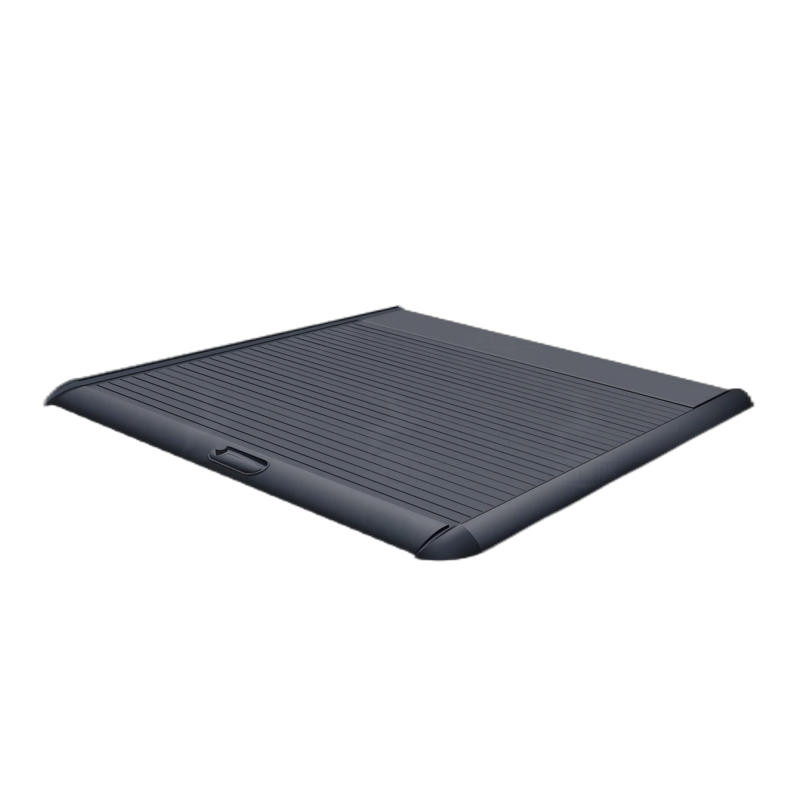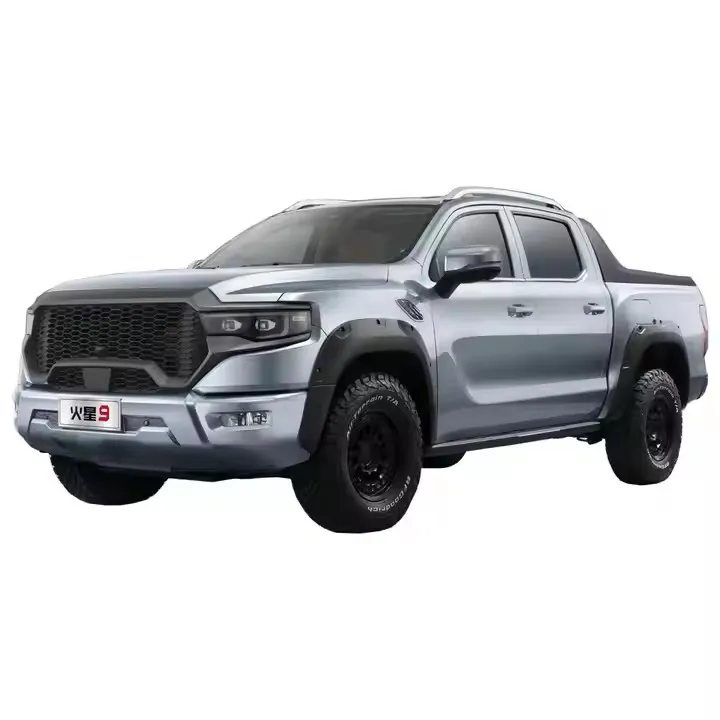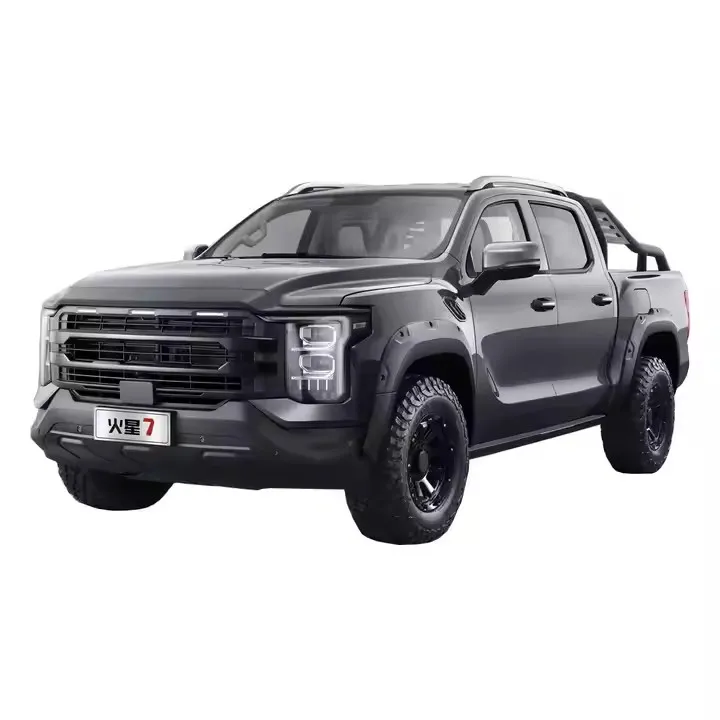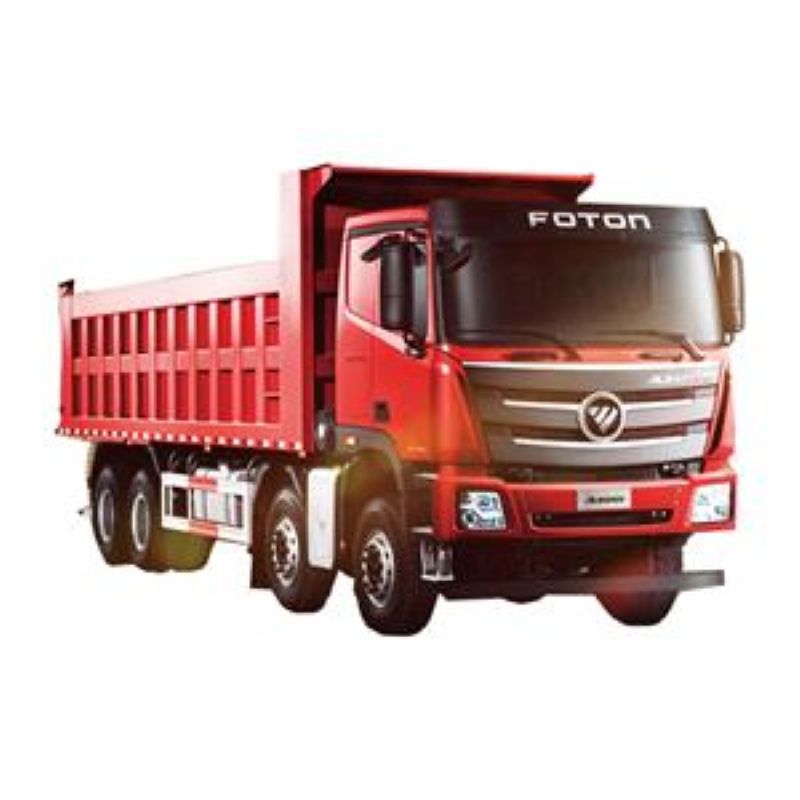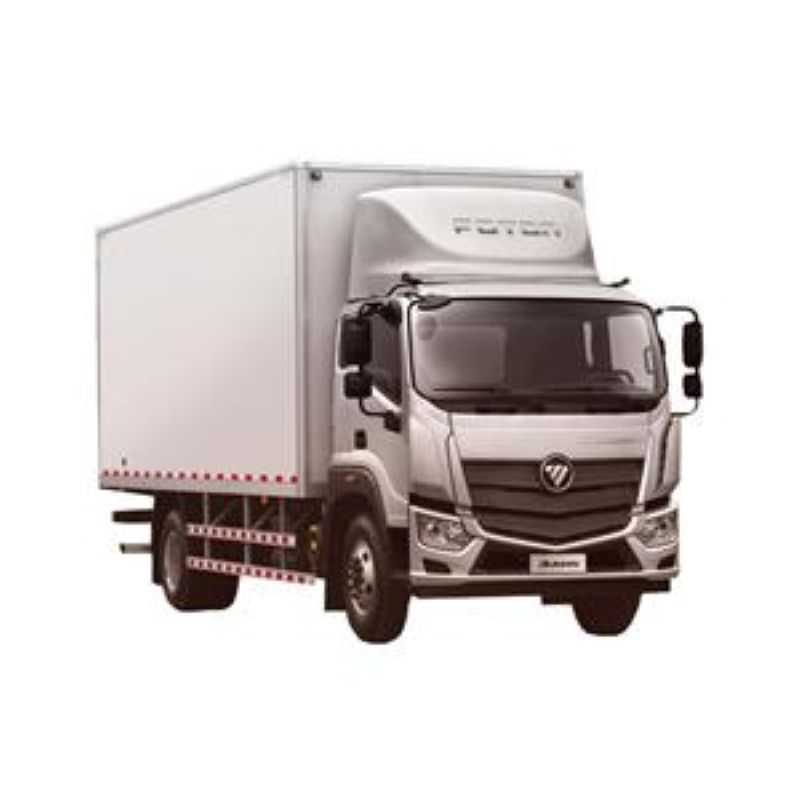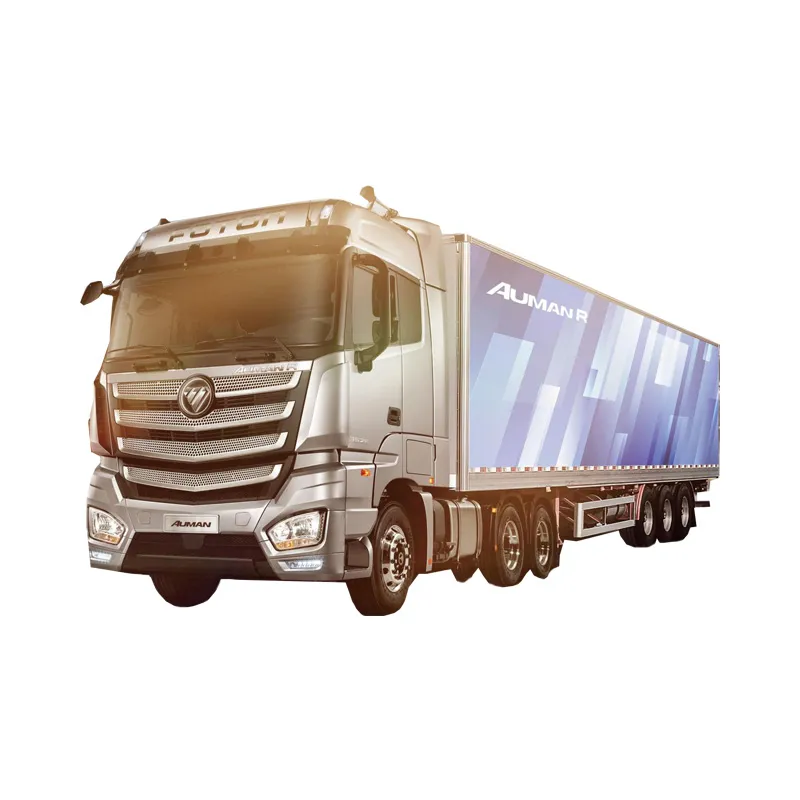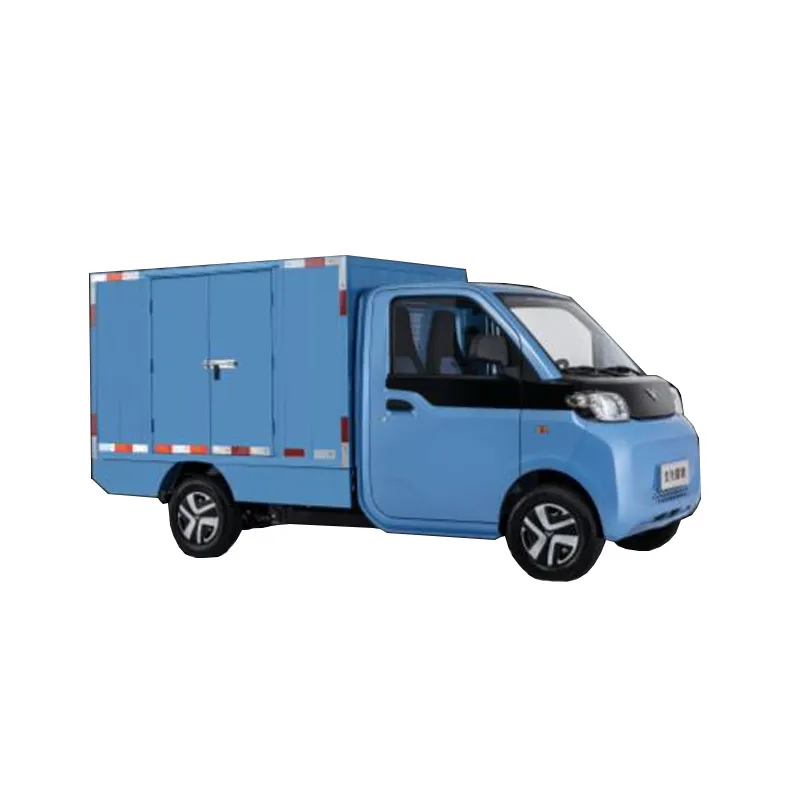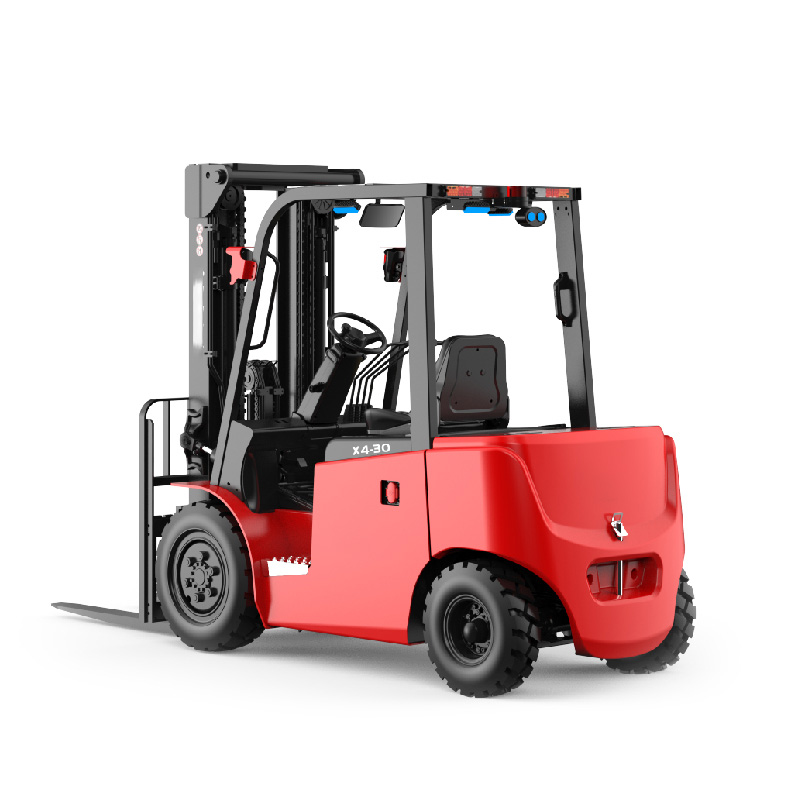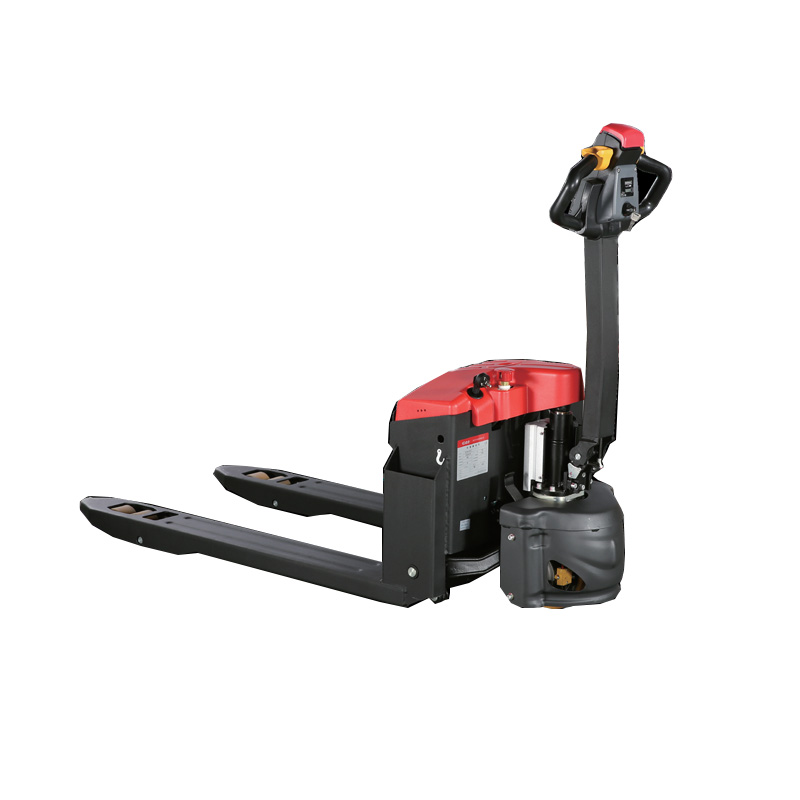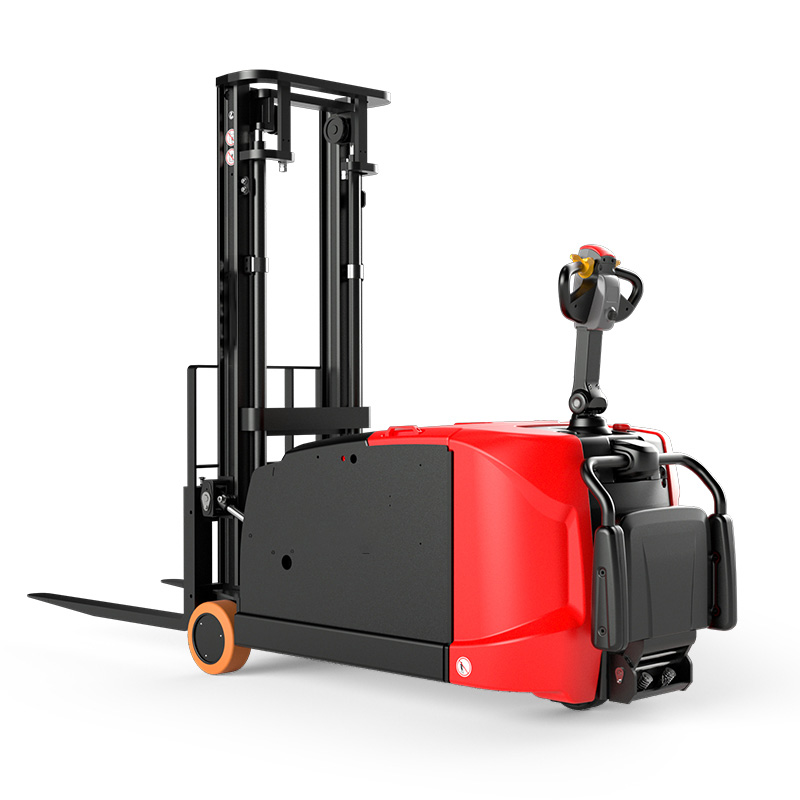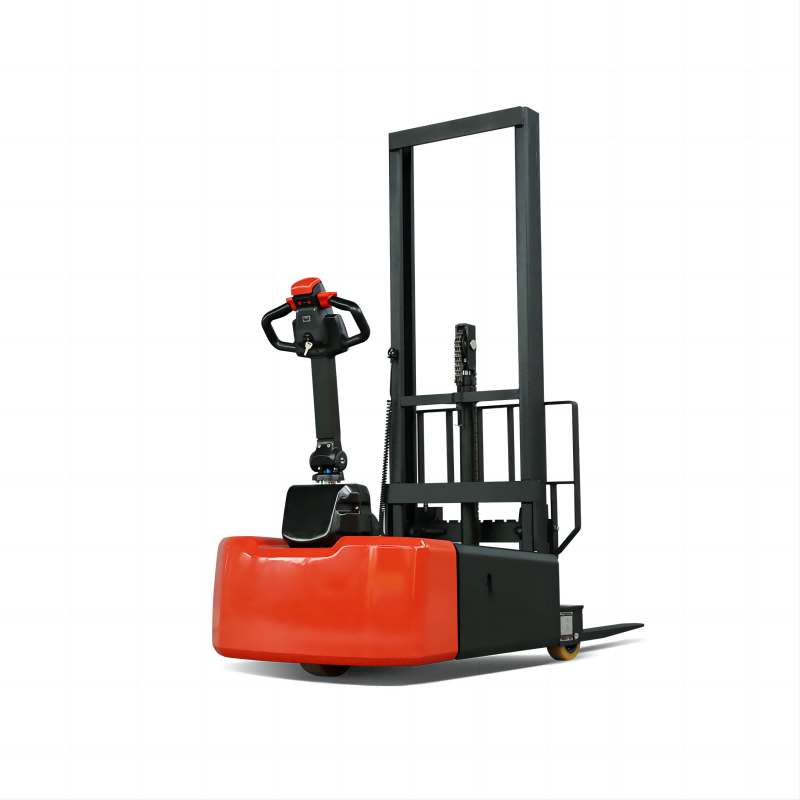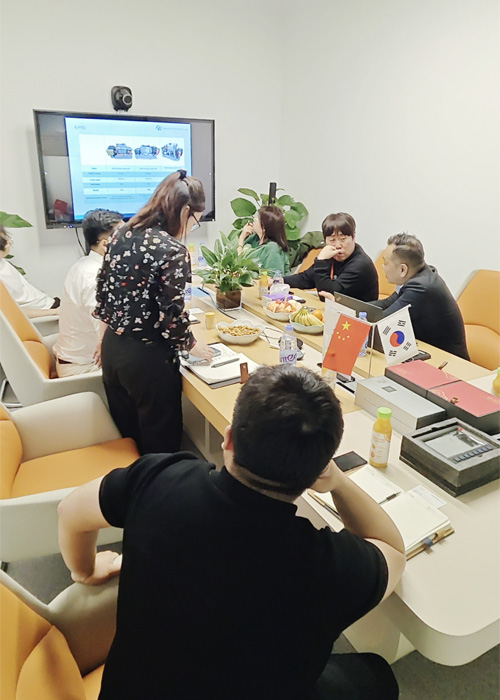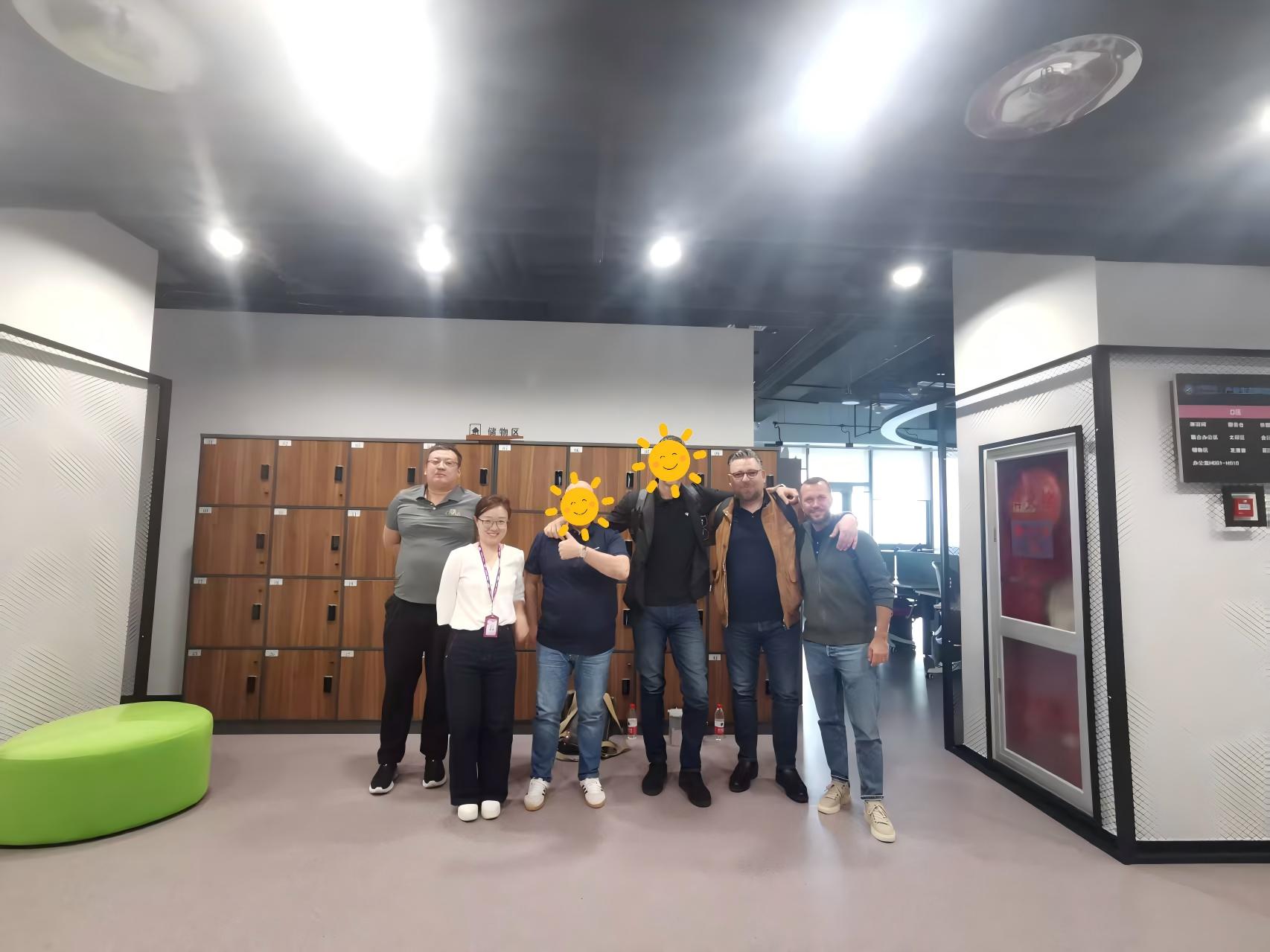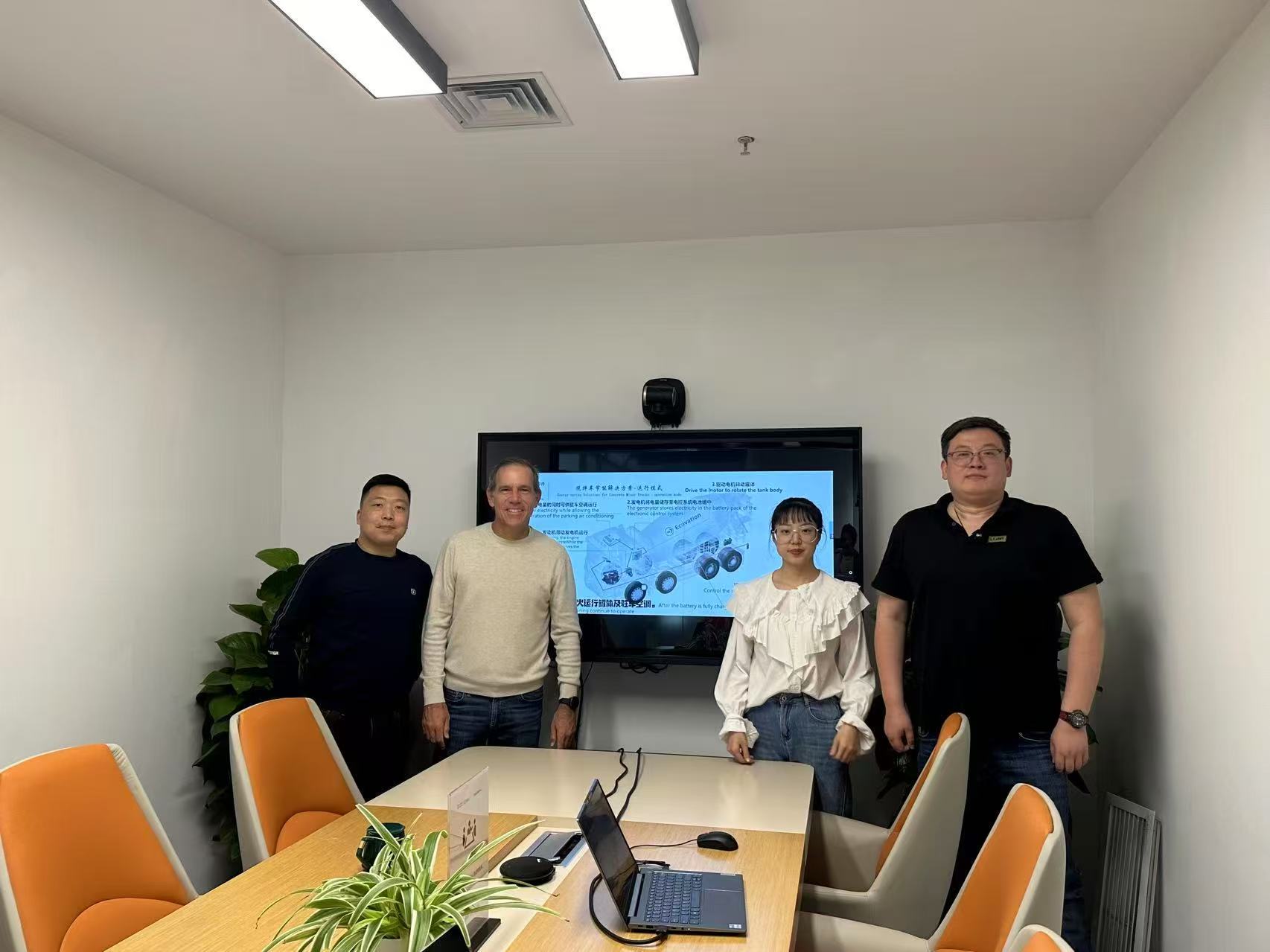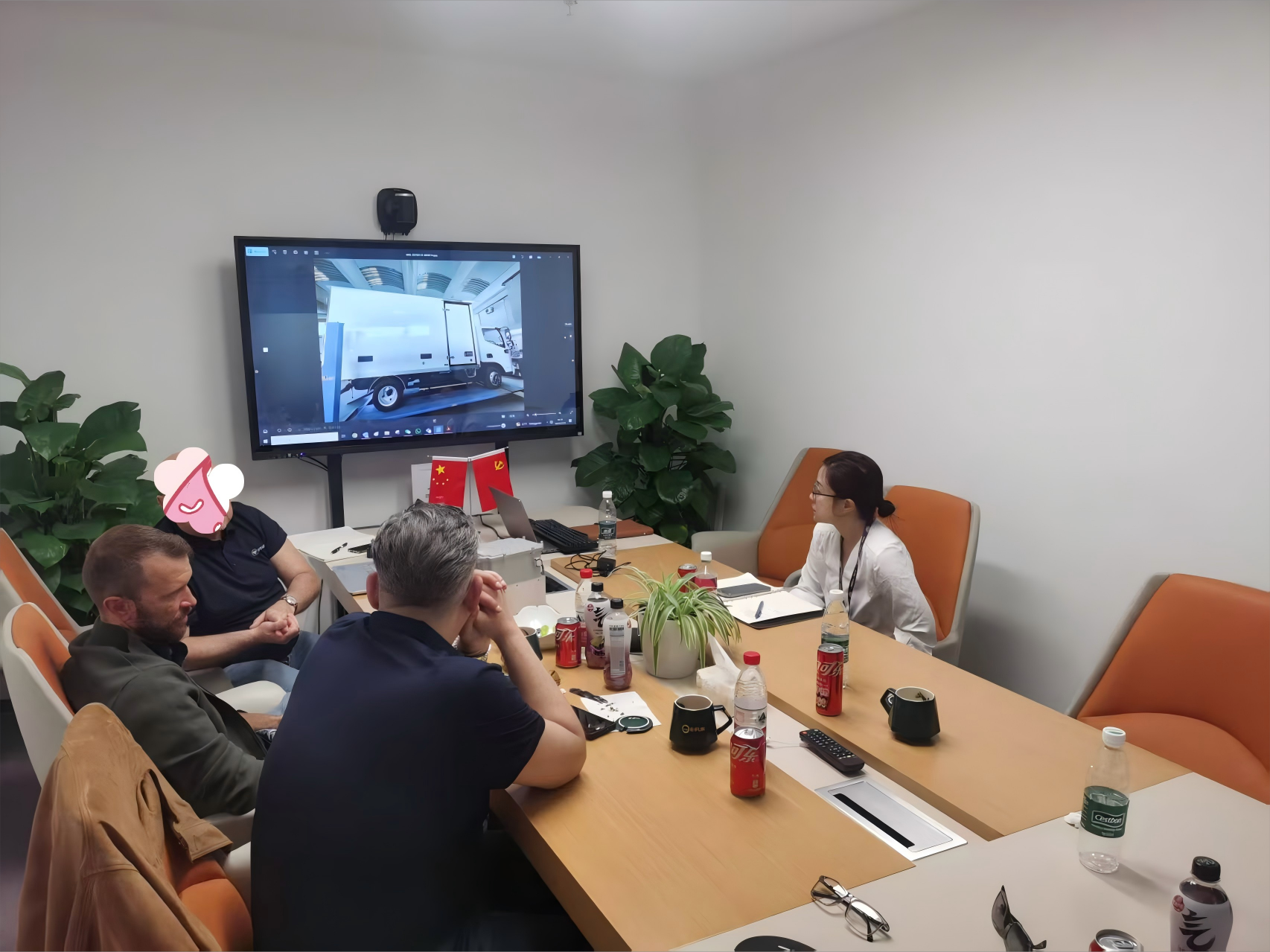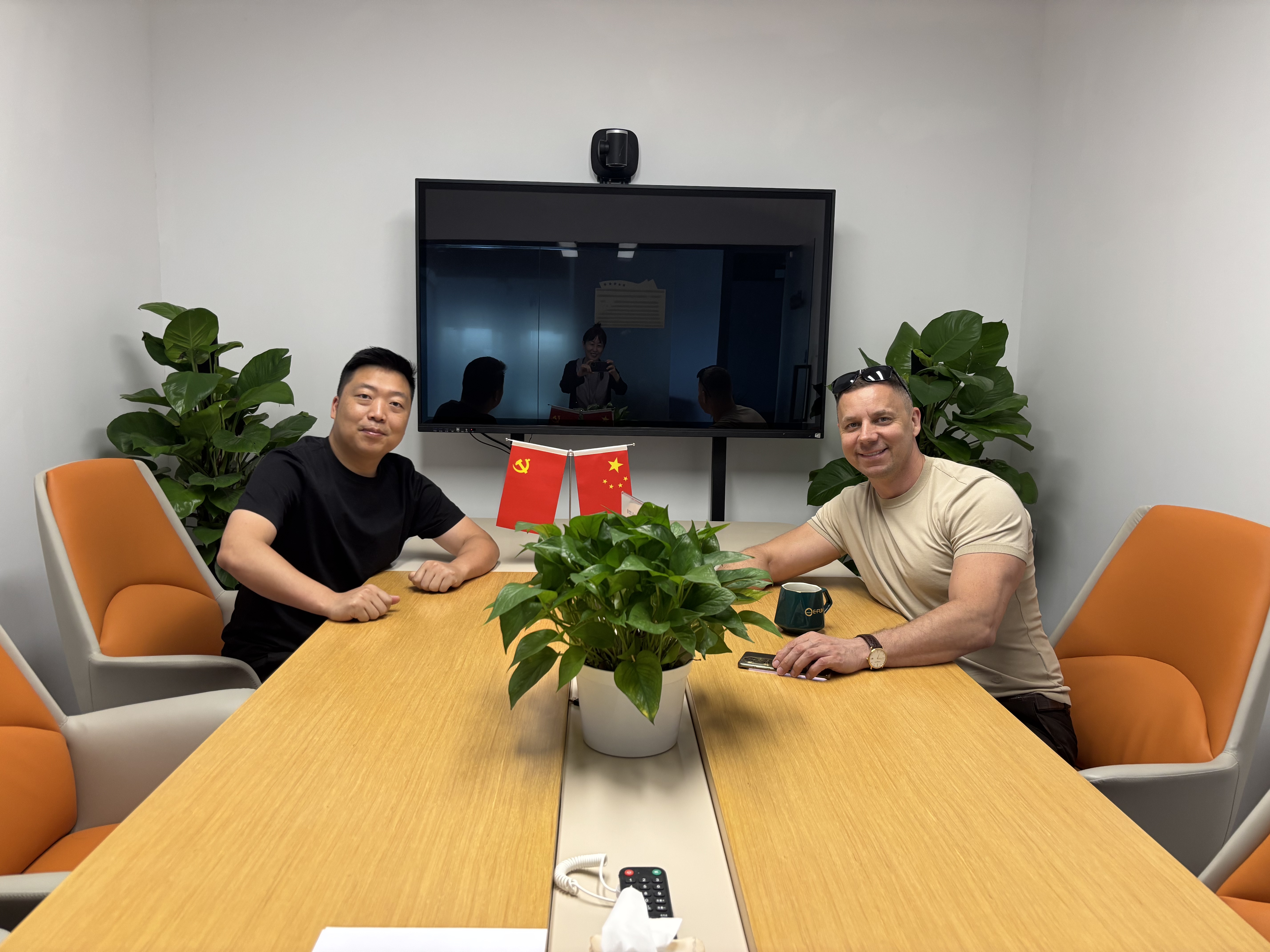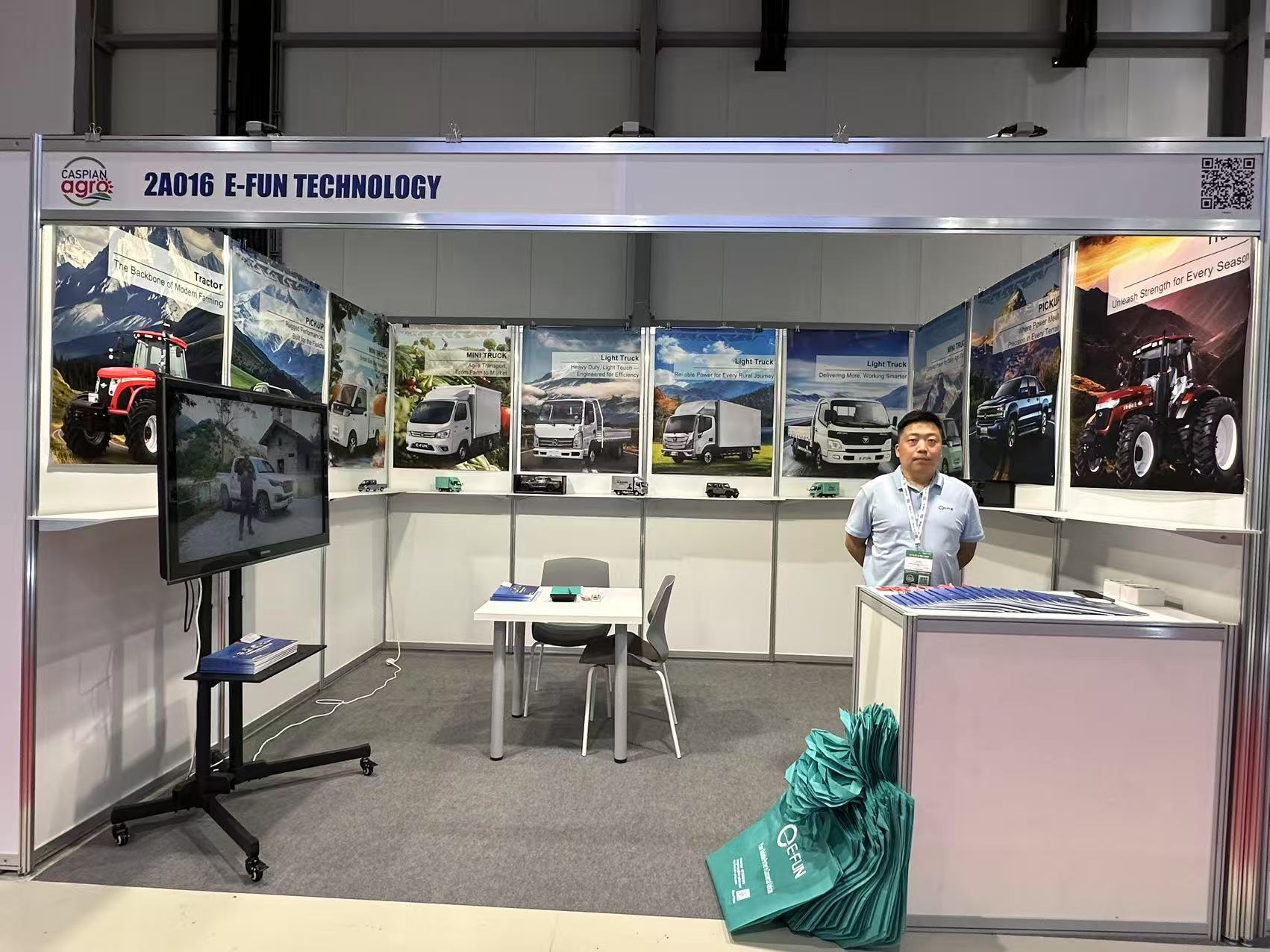International Trade | China's New Energy Vehicles Go Global with a "New" Model
国际贸易|中国新能源汽车出海模式“上新”
The overseas expansion model of China's new energy vehicles (NEVs) is transitioning from "complete vehicle exports" to a collaborative approach encompassing "production capacity and industrial chain." This shift has significant implications for the global supply chain, primarily in three key areas:
中国新能源汽车出海模式正在从“整车出口”向“产能+产业链”协同出海转变,这一转型对全球供应链的影响主要体现在以下三个方面:
1. Promoting the regional reconstruction of the global supply chain: Chinese automobile companies have established factories overseas (such as BYD in Thailand and Hungary, and Changan in Malaysia), driving core component enterprises such as battery, motor, and electronic control to "go global together" and achieve localized production and supporting. This model shortens the supply chain radius, reduces logistics costs and tariff risks, and promotes the transformation of the global new energy vehicle supply chain from "concentration in China" to "regional layout", enhancing the resilience and response speed of the supply chain.
1.推动全球供应链区域化重构中国车企通过在海外建厂(如比亚迪在泰国、匈牙利,长安在马来西亚等),带动电池、电机、电控等核心零部件企业“抱团出海”,实现本地化生产与配套。这种模式缩短了供应链半径,降低了物流成本和关税风险,推动全球新能源汽车供应链从“集中在中国”向“区域化布局”转变,增强了供应链的韧性与响应速度。
2. Improve the technological level of the host country's supply chain. Chinese new energy vehicle enterprises not only export products, but also export technical standards and research and development capabilities. For example, Changan's Luoyong factory in Thailand integrates technologies from brands such as Shenlan and Avata, and adopts advanced processes such as digital twins and green manufacturing, becoming a technological benchmark for new energy vehicle manufacturing in Southeast Asia. This "technology + standard" output drives the technological upgrading of local parts enterprises and enhances the added value of the entire regional supply chain.
2.提升东道国供应链技术水平中国新能源汽车企业不仅输出产品,更输出技术标准与研发能力。例如,长安在泰国的罗勇工厂整合深蓝、阿维塔等品牌技术,采用数字孪生、绿色制造等先进工艺,成为东南亚新能源汽车制造的技术标杆。这种“技术+标准”的输出,带动了当地零部件企业技术升级,提升了整个区域的供应链附加值。
3. Re-establishing the Discourse Power in the Global Automotive Supply Chain: As Chinese brands increase their global market share (with new energy vehicle exports accounting for over 60% of the world total by 2025), Chinese companies have significantly enhanced their dominance in the supply chain of key areas such as batteries, electric drives, and intelligent driving. Through overseas joint ventures, technology investments, and ecosystem collaborations, Chinese automakers are gradually transitioning from being "supply chain participants" to "rule makers," occupying a more strategic core position in the global new energy vehicle supply chain. In summary: The upgrading of China's new energy vehicle overseas model has not only changed the geographical layout of the global automotive industry but also promoted the transformation of the supply chain structure from being "cost-oriented" to "technology + ecosystem-oriented." In the future, as more Chinese automakers deepen their localization strategies, the global new energy vehicle supply chain will become more diversified, regionalized, and technology-driven.
3.重塑全球汽车供应链话语权随着中国品牌在全球市场份额的提升(2025年新能源汽车出口占全球比重超60%),中国企业在电池、电驱、智能驾驶等关键环节的供应链主导权显著增强。通过海外合资、技术入股、生态共建等方式,中国车企正逐步从“供应链参与者”转变为“规则制定者”,在全球新能源汽车供应链中占据更具战略地位的核心节点。小结:中国新能源汽车出海模式的升级,不仅改变了全球汽车产业的地理布局,也推动了供应链结构从“成本导向”向“技术+生态导向”转型。未来,随着更多中国车企深化本地化布局,全球新能源汽车供应链将更加多元、区域化和技术驱动。


